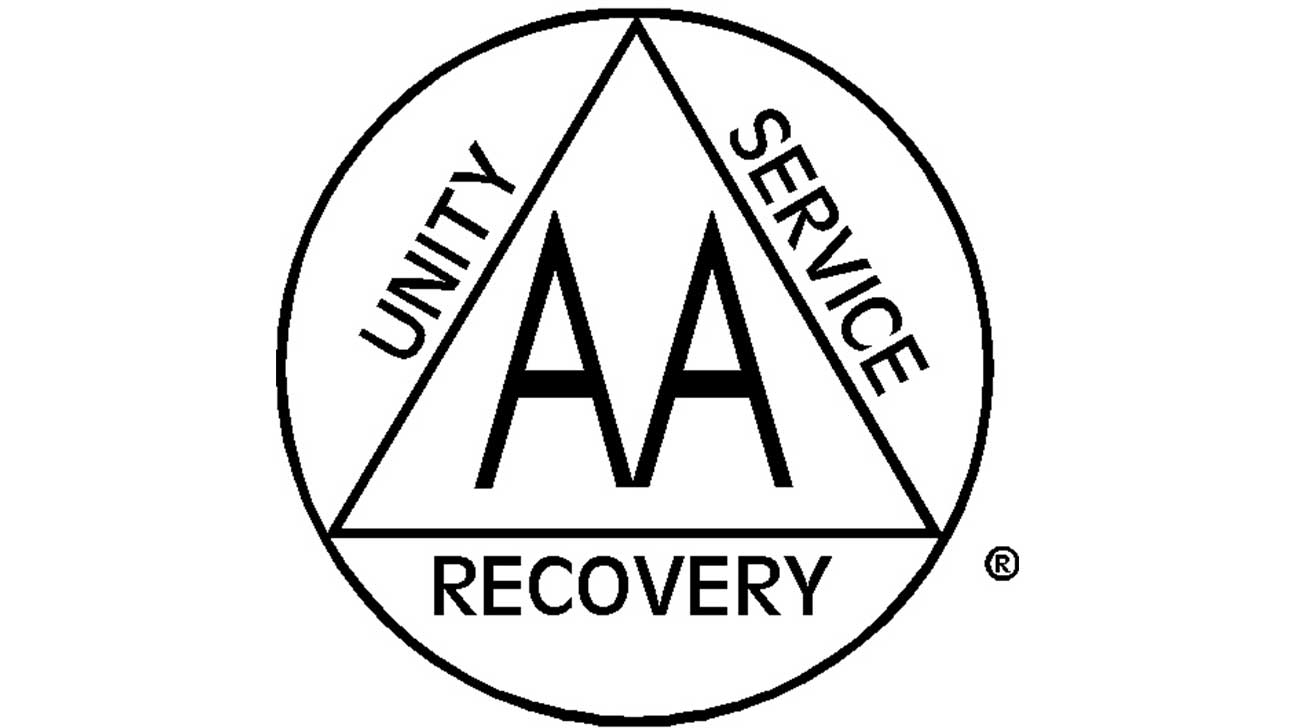
Alcoholics Anonymous is one of the oldest dedicated addiction recovery groups in the world. First founded in 1935, it has expanded into a global effort that remains free of cost to this day.
Also known as AA, this group has helped countless people achieve and maintain sobriety from alcohol use disorder (AUD).
The founders of this group also created “the big book,” titled Alcoholics Anonymous, and the 12 steps, which have expanded beyond AA and are a common element of many addiction treatment programs.
The international symbol for AA, the triangle within a circle, reflected the spiritual principles of AA’s founders. However, the use of this symbol has lessened significantly in recent decades.
What Does The AA Symbol Mean?
The Alcoholics Anonymous symbol is fairly simple in nature and is a spiritual, ancient symbol representing the unity of the mind, body, and soul under god.
Among AA members, the equilateral triangle represents the group’s three legacies of recovery, unity, and service, while the outer circle symbolizes the entirety of the organization’s work.
The three-part answer of recovery, unity, and service on the sides of the triangle are in direct response to the three-part disease of alcoholism, with its physical, mental, and emotional aspects.
AA works to heal all aspects of addiction through its program, leading to the widespread use of the symbol.
The History Of The Alcoholics Anonymous Symbol
Despite its once widespread use, the AA symbol is no longer legally or officially associated with the organization. However, its use has not been entirely phased out.
Origins Of The Circle & Triangle
The AA symbol was first registered as a trademark in 1955 when one of AA’s founders, William Wilson (or “Bill W”), gave a speech at a conference in St. Louis describing its importance and meaning.
When describing why the founders chose this particular imagery, he said:
“Within our wonderful new world, we have found freedom from our fatal obsession. That we have chosen this particular symbol is perhaps no accident. The priests and seers of antiquity regarded the circle enclosing the triangle as a means of warding off spirits of evil, and A.A.’s circle and triangle of Recovery, Unity, and Service has certainly meant all of that to us and much more.”
The logo quickly began appearing on official AA literature, stationary, and the sobriety chips and medallions distributed to members who reached recovery milestones.
Later Controversy And Legal Battles
Over the next few decades of AA history, outside groups like publishers, rehab centers, and manufacturers began to use the AA symbol for themselves.
In the 1980s, Alcoholics Anonymous began working to prevent this as members became concerned about the outside use of the symbol.
AA started contacting entities using the symbol through cease-and-desist orders, resulting in nearly 200 different legal letters and two settled lawsuits.
The legal efforts came to a head in the early 1990s, when an AA World Services, or AAWS, board held lengthy discussions regarding the symbol at their yearly conference.
Due to concerns about the costs of policing the use of the symbol, as well as their desire not to manufacture chips or medallions, they ultimately decided to discontinue the symbol’s use.
In 1994, AA officially moved away from putting the symbol on any organizational documents or conference-approved literature.
Is The AA Symbol Still Used Today?
Although it is no longer trademarked, many long-time Alcoholics Anonymous members still associate with or use the AA symbol.
It is no longer printed on any official AA literature or stationary but can be found on some chips or unofficial materials in AA meetings.
Its use has expanded beyond AA, and it can sometimes be found in association with other 12-step programs, such as Narcotics Anonymous.
It has been nearly 30 years since the symbol’s last official use, but the iconic triangle and circle continue to hold significant meaning for AA members around the world.
Find Help For Alcohol Addiction
If you or a loved one are battling alcohol abuse or drug addiction, you don’t have to endure it alone. To learn about your recovery options, contact us today.
Published on January 16, 2024
Addiction Resource aims to provide only the most current, accurate information in regards to addiction and addiction treatment, which means we only reference the most credible sources available.
These include peer-reviewed journals, government entities and academic institutions, and leaders in addiction healthcare and advocacy. Learn more about how we safeguard our content by viewing our editorial policy.
- Alcoholics Anonymous – The Start and Growth of AA
https://www.aa.org/the-start-and-growth-of-aa - Alcoholics Anonymous Cleveland – Whatever Happened to the Circle and Triangle?
https://www.aacle.org/whatever-happened-to-the-circle-and-triangle/ - Symbols – Alcoholics Anonymous Symbol
https://www.symbols.com/symbol/alcoholics-anonymous-symbol
